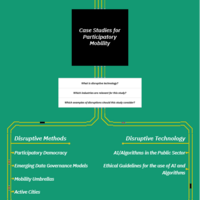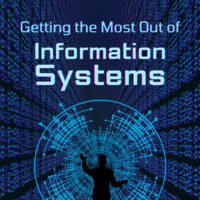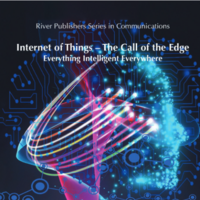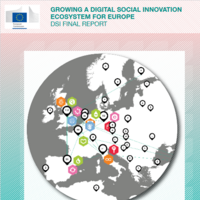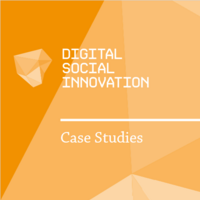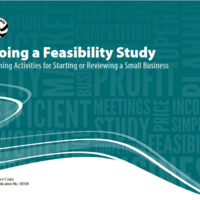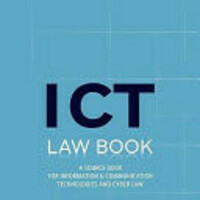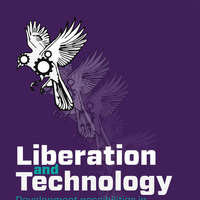Search
Books+
Searching 1,730 books
Search related to the career IT Manager
Introduction
Evaluating new technologies is crucial for making informed decisions about their adoption and implementation. This process involves assessing various aspects of the technology to determine its potential benefits, risks, and suitability for a specific use case. Here are some key steps to evaluate new technologies:
1. Define Evaluation Criteria
Start by defining the criteria against which you will evaluate the technology. These criteria may include factors such as functionality, performance, scalability, security, ease of use, cost-effectiveness, compatibility, and support.
2. Research and Gather Information
Conduct thorough research to gather information about the technology. Read documentation, whitepapers, case studies, and reviews to understand its features, capabilities, limitations, and potential use cases. Consider both technical and non-technical aspects.
3. Assess Technology Maturity
Evaluate the maturity level of the technology. Determine if it is still in the experimental phase or if it has been widely adopted and proven in real-world scenarios. Assessing maturity helps gauge the stability, reliability, and long-term viability of the technology.
4. Analyze Use Cases
Identify potential use cases for the technology within your organization or industry. Analyze how it can address existing challenges, improve processes, or create new opportunities. Consider the specific requirements and goals of your organization when assessing the technology's fit.
5. Evaluate Benefits and Risks
Assess the potential benefits and risks associated with adopting the technology. Consider factors such as increased efficiency, cost savings, competitive advantage, data privacy concerns, security vulnerabilities, and potential disruptions to existing systems or workflows.
6. Consider Integration and Compatibility
Evaluate how the new technology integrates with your existing infrastructure, systems, and workflows. Assess compatibility with other tools, software, or platforms that your organization relies on. Consider the effort and resources required for integration and any potential conflicts or dependencies.
7. Seek Expert Opinions
Consult with experts, industry peers, or technology analysts to gather different perspectives and insights. Engage in discussions, attend conferences or webinars, and participate in relevant communities or forums to learn from others' experiences and expertise.
8. Conduct Proof of Concept (POC)
Consider conducting a proof of concept to test the technology in a controlled environment. This allows you to assess its performance, functionality, and compatibility with your specific use case. POCs help validate assumptions and provide tangible evidence before making a full-scale implementation.
9. Evaluate Total Cost of Ownership (TCO)
Assess the total cost of ownership associated with the technology. Consider not only the upfront costs but also ongoing expenses such as licensing, maintenance, training, and support. Compare the TCO with the potential benefits to determine the technology's overall financial viability.
10. Consider Scalability and Future Growth
Evaluate the scalability of the technology to ensure it can accommodate future growth and evolving needs. Consider factors such as the ability to handle increased data volumes, user load, or expanding functionalities. Assess if the technology aligns with your long-term strategic goals.
11. Make an Informed Decision
Based on the evaluation criteria, research, analysis, and expert opinions, make an informed decision about adopting or rejecting the technology. Consider the potential impact on your organization, stakeholders, and end-users. Document the evaluation process and rationale behind the decision.
Conclusion
Evaluating new technologies requires a systematic approach that considers various factors. By defining evaluation criteria, conducting thorough research, assessing benefits and risks, and seeking expert opinions, you can make informed decisions that align with your organization's goals and requirements.
Source: Various AI tools
